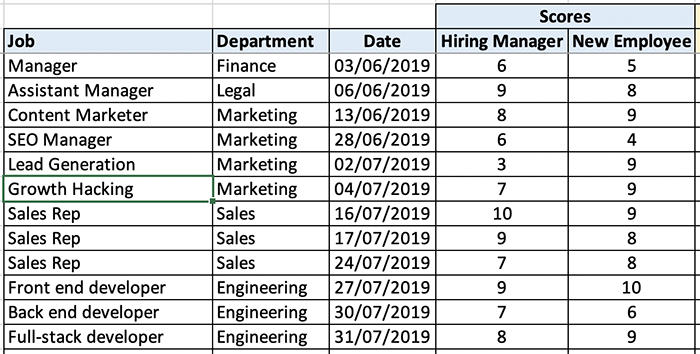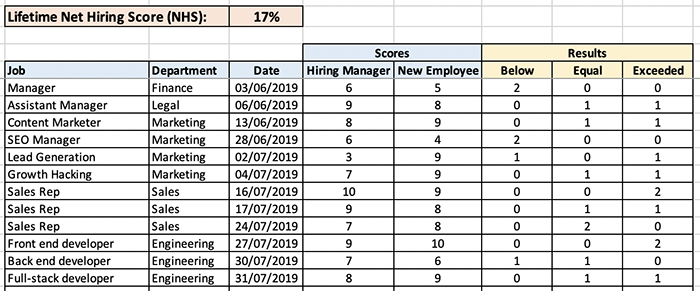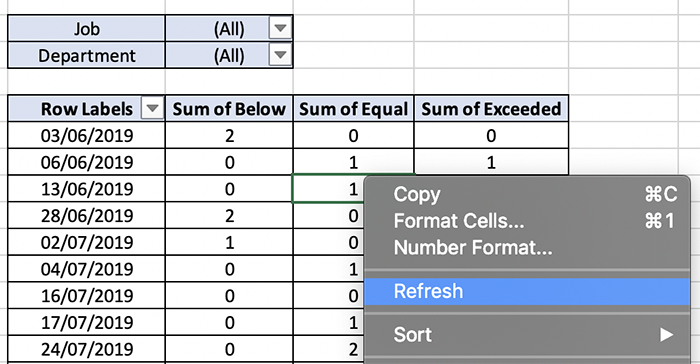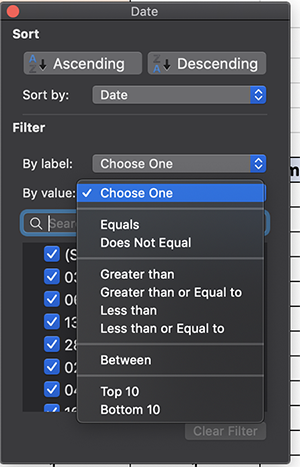Every company wants to know how well their new employees are doing. Are they performing well? How much are they contributing to the company’s success? Will they stay?
Clearly, it’s important to know how well the people you hire do. If you know who your great employees are, you can try and find more people like them. As recruiters, knowing where you find your best hires, why they applied and how they were selected is invaluable to improving your recruitment strategy and process.
But how do you measure the quality of the people you hire?
Despite its importance, there’s no standard way to measure quality of hire. And honestly, there’s no perfect way - because as with all things related to people’s performance, it’s subjective. So even the most complex system won’t be entirely accurate.
What can be used to measure quality of hire?
There are a number of options for measuring quality of hire - each has its good and bad points. Two common ones are:
- How long they stay (retention); and
- How well they perform.
Retention is often used because the longer an employee stays at the company, the more value the company gets from them. The challenge is that it can take a long time to measure, and it can be impacted by things other than the recruitment process.
For example, even if you decided to check retention rates 12 months after hiring, that would mean waiting 1 year before you see if any changes you made worked.
On the other hand, measuring performance would be ideal - but can be very subjective.
If you were to use performance reviews, the results will vary based on who does the review. Some managers are strict - others lenient. Which will give you inaccurate results.
Productivity may be an alternative way to measure performance, but it also lacks consistency. For example, if you look at what percentage of goals each employee achieved, you’d need to know that they were all given equally achievable goals. You don’t want the best employees looking average because they were given more difficult tasks.
Whatever you choose, you want your quality of hire measurement to be:
- Clear - the board and senior executive team understand what it means and how it impacts the business.
- Practical - not so much work that it never gets done.
- Timely - you get results in a time-frame that helps you to experiment and measure changes you make.
The Net Hiring Score can be a good solution for all three.
What is the Net Hiring Score?
Based on the Net Promoter Score, the Net Hiring Score is a single value that shows how happy the hiring managers and new employees are with the recruitment process.
Implementing it is simple - 90 days after someone is hired, you just need to ask one question to both the hiring manager and new employee:
- Hiring manager - How perfect is the new hire for this job?
- New employee - How perfect is this job for you?
The responses are given on a scale of 0 to 10 - zero being terrible, 10 excellent. As with the Net Promoter Score, responses are then grouped based on how it measured against their expectations:
- Below - 0 to 6
- Equal - 7 and 8
- Exceeded - 9 and 10
The overall Net Hiring Score is then calculated by subtracting the percentage of ‘below’ scores from the percentage of ‘exceeded’ scores. The result is a number ranging from -100% (the worst) to 100% (the best).
Because of its similarity with the Net Promoter Score, senior leaders will be familiar with the concept and are more likely to understand what the score means.
However, to get accurate results you do need to be careful how you ask the new employee how perfect the job is. As they are only 90 days into the role, they may fear how their response will be used. They should be confident that it will be kept confidential. And in particular, that there will be no repercussions for a low score.
Ultimately, honest results are what you need. It’s far better to realise you have a problem early and fix it than to deal with high turnover and poor morale later.
How to Calculate Your Net Hiring Score
The first step is to set up a process to ask new employees and their hiring managers the two questions 90 days after the new person starts.
This doesn’t need to be complicated.
First, set up two surveys. One with the hiring manager’s question, the other with the question for the new employee. Both answers should be a range from 0 to 10.
You can do this with the survey software your company uses. Or, if you don’t have any survey software you can easily set this up in either Typeform or SurveyMonkey. Both have a free basic plan and the surveys look good on mobile and desktop.
After you have your surveys set up, schedule an email to go out to new employees and their manager 90 days after the start date. The email should include a link to the appropriate survey. To get some early results, you can also send out the emails for jobs that started in the last 90 days.
For the best results, you should be clear in the email how the results will be used. In particular, you need to make sure the new employee is comfortable being honest. Make sure they know nothing bad will happen if they give a low score. It may even be a good opportunity to offer them help if there is an issue so it doesn’t become a problem that causes them to leave.
Once you have some data, you can calculate your Net Hiring Score using the following formula:

This formula gives the Net Hiring Score as a percentage. If you want it to be a number, multiply the result by 100.
Step by Step Guide to Calculating Your Net Hire Score
To make it easier for you I’ve created a free spreadsheet that you can use as a template to track and analyse your Net Hiring Score.
The following steps are from my spreadsheet, but if you prefer you can do the same thing in your version.
Step 1 - Enter the results
Ideally, you want to enter a bit of information about the job so that you can better analyse the Net Hiring Score. We recommend adding the:
- Job title
- The department or function the job falls under
- Date of hire
- The scores for the hiring manager and new employee
If you’re using our spreadsheet, you can enter this information in the blue columns of the ‘Net Hiring Score Data’ worksheet. Here’s an example:

Step 2 - Calculate the Net Hiring Score
Next, you’ll need to group the scores into ‘below’ (0 - 6), ‘equal’ (7 & 8) and ‘exceeded’ (9 & 10) categories. Then calculate the Net Hiring Score using the formula above.
But, if you’re using our spreadsheet, this will all be done for you once you enter the scores.

Step 3 - Analyse Your Results
In step 2 you calculated the overall Net Hiring Score. This will be for all jobs, all departments and for as long as you’ve been collecting data.
But to understand how you’re doing - if you’re getting better or worse, and where to focus your efforts to improve - you need to be able to segment the data. In our spreadsheet, this is all set up for you in the worksheet ‘Hiring Score Breakdown’.
Once you enter new data, you’ll need to refresh the table. You can do this by right-clicking on the table, then select “Refresh”:

The version you download will show all of the data available. You can then filter for:
- Jobs - click the arrow in cell C7 and select which jobs you want to see the Net Hiring Score for.
- Department - click the arrow in cell C8 and select the functions you want to include.
To see results for certain dates, first, click on the arrow in cell B10 (“Row Labels”). Then, you can select the date in the ‘Filter - By value’ menu:

If you want to know the Net Hiring Score for a specific period, select ‘Between’. This will give you the option to enter the start and end date you want to use:

That’s it! Just remember to always refresh when you enter new data, and to clear your filters when you no longer want to use them.
Got a question or request?
I’d love to hear from you and help out - you can reach me here.




